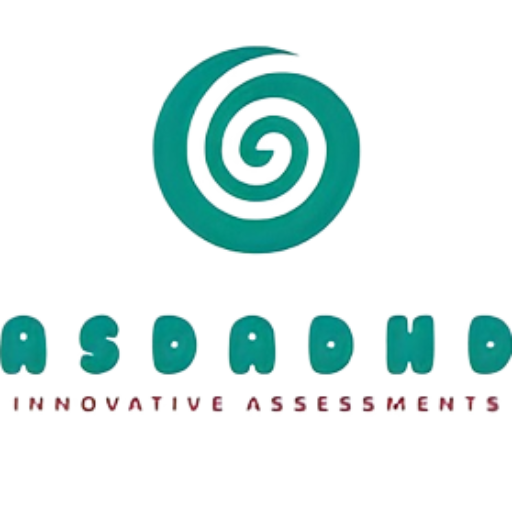10 Oct, 2023 | anishdr | No Comments
Introduction to ADHD and Its Core Symptoms
Attention Deficit Hyperactivity Disorder (ADHD) is more than just a buzzword or a label. It’s a neurodevelopmental disorder that affects millions of children and often continues into adulthood. While it’s easy to label a child as ‘restless’ or ‘inattentive,’ ADHD is characterized by consistent patterns of behavior that can significantly interfere with daily life, both at school and at home.
Hyperactivity: More Than Just Restlessness
When we think of ADHD, the image that often comes to mind is a child who can’t sit still. But hyperactivity goes beyond that. Children with ADHD might:
Constantly tap their hands or feet.
Often leave their seats in situations where staying seated is expected.
Run or dash around in inappropriate situations.
Talk non-stop and have difficulty playing quietly.
It’s not just about being active; it’s about being excessively active in ways that are inappropriate for the situation or age.
Impulsivity: The Challenge of Immediate Reactions
Impulsivity can be one of the most challenging aspects of ADHD. Children might:
Blur out answers in class without waiting for the question to be completed.
Have difficulty waiting for their turn, leading to challenges in social settings like playgrounds.
Interrupt conversations or butt into games they weren’t part of.
This impulsiveness isn’t intentional rudeness; it’s a genuine struggle to control immediate reactions.
Inattention: The Struggle to Focus
Inattention in ADHD isn’t just about daydreaming. It encompasses a range of challenges:
Difficulty sustaining attention in tasks, leading to unfinished assignments or projects.
Frequent careless mistakes in schoolwork.
Avoidance of tasks that require sustained mental effort.
Losing essential items like books, pencils, or toys.
Different Types of ADHD: Understanding the Subtypes
ADHD isn’t monolithic. There are different subtypes that professionals recognize:
Predominantly Hyperactive-Impulsive Type: Here, hyperactivity and impulsivity are predominant, with less emphasis on inattention.
Predominantly Inattentive Type (often called ADD): Inattention is the primary symptom, with minimal hyperactive-impulsive behavior.
Combined Type: This is the most common and includes both inattentive and hyperactive-impulsive symptoms.
The Onset of ADHD Symptoms: When Do They Appear?
Recognizing when ADHD symptoms first appear can be crucial for early intervention. Hyperactivity and impulsivity often become noticeable by age 4, while inattentive symptoms might emerge around age 8 or 9. However, every child is different, and the onset can vary.
The Peak and Persistence of ADHD Symptoms
While hyperactivity might peak around age 7 or 8, it often decreases in adolescence. In contrast, impulsive symptoms might persist into adulthood. Inattention, on the other hand, tends to be a lifelong challenge for many with ADHD.
DSM-IV Criteria: How ADHD is Diagnosed in Australia
In Australia, the DSM-IV criteria are a foundational tool for diagnosing ADHD. The criteria require a child to display a specific number of symptoms from inattention and/or hyperactivity-impulsivity categories. These symptoms must be present in multiple settings (like home and school) and cause significant impairment.
The Role of Health Professionals in Diagnosing ADHD
Diagnosing ADHD isn’t a simple task. It’s not about ticking boxes but understanding a child’s behavior in various contexts. Health professionals rely on feedback from parents, teachers, and other caregivers. They might also use psychological assessments to get a comprehensive view of the child’s behavior.

Write Reviews
Leave a Comment
No Comments & Reviews